Saying goodbye to your furry best friend is one of the hardest things you’ll ever face. Dogs are more than just pets—they’re family members, snugglers, and adventure buddies all wrapped up in a wagging tail and boundless love. But when it’s time to part ways, the signs aren’t always as clear-cut as you might wish. Recognizing the subtle indicators that your dog is nearing the end of their life can be a challenge, but being informed can help you provide the best care possible during their final days.
1. Persistent Fatigue
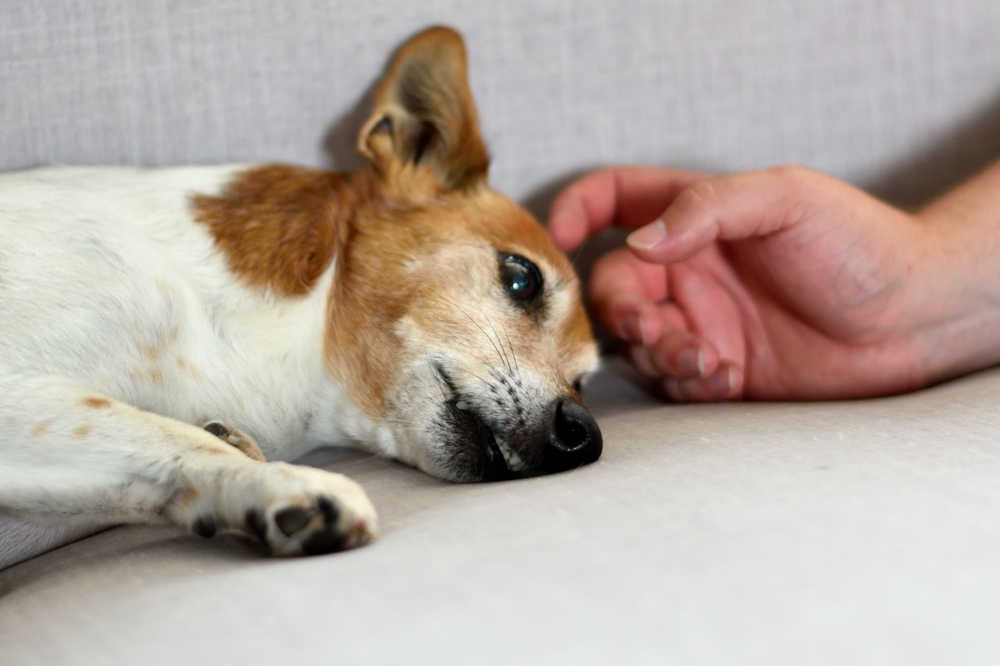
If your dog is no longer bouncing off the walls when you pull out the leash, take note. Persistent fatigue can indicate more than just a bad day; it might mean they’re winding down. According to Dr. Mary Gardner of Lap of Love Veterinary Hospice, older dogs often nap more and show less interest in play as they approach the end of their lives. While occasional tiredness is expected, a marked change in energy levels is worth a closer look. Don’t brush it off as laziness—it might be your dog’s way of telling you they’re not feeling well.
A dog displaying constant lethargy isn’t necessarily in immediate danger, but you should be mindful of your pet’s everyday energy patterns. Watch for signs like difficulty getting up, reluctance to go for walks, or even a lack of enthusiasm for meals. These could be indicators that their body is starting to slow down. As heartbreaking as it is, this is your chance to provide comfort and adjust their routine to suit their new energy levels. Consider consulting your vet if you’re worried it could be more serious.
2. Changes in Appetite

An obvious decline in appetite can be a significant red flag. Dogs that have always been food-driven may suddenly seem uninterested in meals or treats. It’s crucial to keep an eye on how much and how often they’re eating. Sometimes, a change in diet or a new flavor can pique their interest, but if the disinterest persists, something else might be going on. Drastic weight loss should not be ignored and warrants a visit to the vet.
A dwindling appetite could be due to various reasons, including dental pain or gastrointestinal issues. However, when it’s accompanied by other signs, it might indicate a decline in overall health. Monitoring their eating habits can give you clues about what’s happening internally. If your dog stops eating for more than a day or two, it’s essential to talk to a professional. Remember, your dog’s relationship with food can tell you a lot about their well-being.
3. Labored Breathing
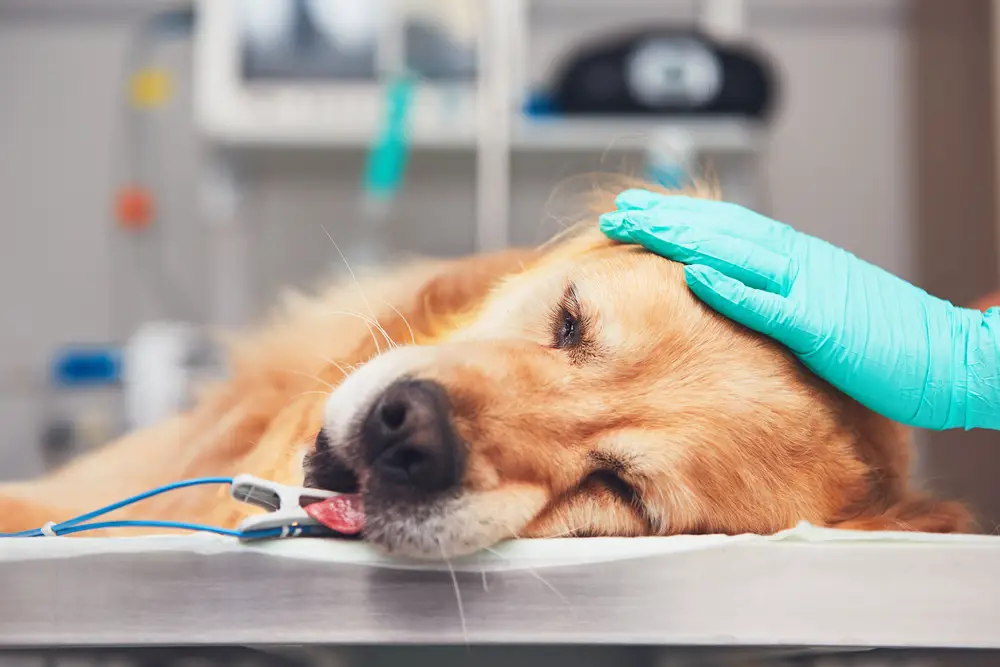
Changes in breathing patterns can be unsettling to witness. When your dog starts to breathe heavily or with difficulty, it could be an indication of something more severe. According to the American Veterinary Medical Association, labored breathing can be symptomatic of heart disease or lung issues. While dogs may pant after exercise or when it’s hot, labored breathing when at rest is different. It’s important to monitor whether this persists and seek veterinary advice if you notice it happening frequently.
As your dog’s health wanes, their respiratory system might struggle to function normally. Pay attention to any sounds that accompany their breathing, like wheezing or coughing. These could signal that their body is working harder to get enough oxygen. This might mean adjusting their environment to keep them calm and ensuring they have access to fresh air. Your vet can offer guidance on whether medication or lifestyle changes are needed to help with their breathing.
4. Increased Isolation

It’s natural for dogs to seek some alone time, but noticeable isolation can be a sign of distress. If your dog is suddenly opting for solitude over snuggle time, it’s worth paying attention. Dogs may isolate themselves because they don’t feel well or are uncomfortable. While it might be tough not to take it personally, it’s their way of coping. Keep an eye on their behavior to see if it’s a passing phase or something more significant.
Isolation might not inherently mean they’re in immediate danger, but it’s an indicator that they’re feeling “off.” When this behavior is paired with other signs like changes in appetite or energy, it suggests they might be trying to communicate something. A comfy, quiet space can provide them with the solace they seek. However, if isolation becomes the norm, it’s time to consult your vet to explore underlying causes. Being there for them is essential, even if they seem distant.
5. Confusion or Disorientation
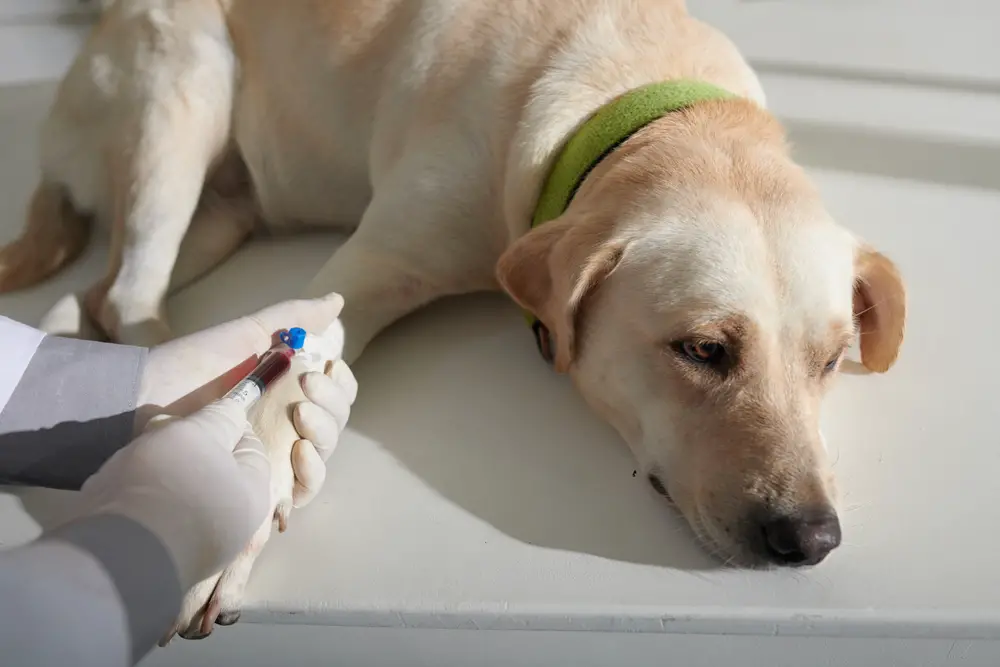
Cognitive decline in dogs can manifest as confusion or disorientation. You might notice your dog wandering aimlessly or getting stuck in corners. The American Kennel Club notes that canine cognitive dysfunction can appear as your pet ages, much like dementia in people. These changes can be distressing to witness, but they’re a common part of aging in some dogs. Offering a consistent routine and a stable environment can help ease their confusion.
When cognitive decline sets in, it can affect your dog’s ability to recognize familiar people and places. You might see them staring blankly at walls or pacing without a clear destination. This confusion can lead to anxiety, making a comforting presence even more critical. While complete reversal isn’t possible, medications and supplements might slow progression. Regular check-ins with your vet can help manage this condition and improve your dog’s quality of life.
6. Loss of Interest in Activities
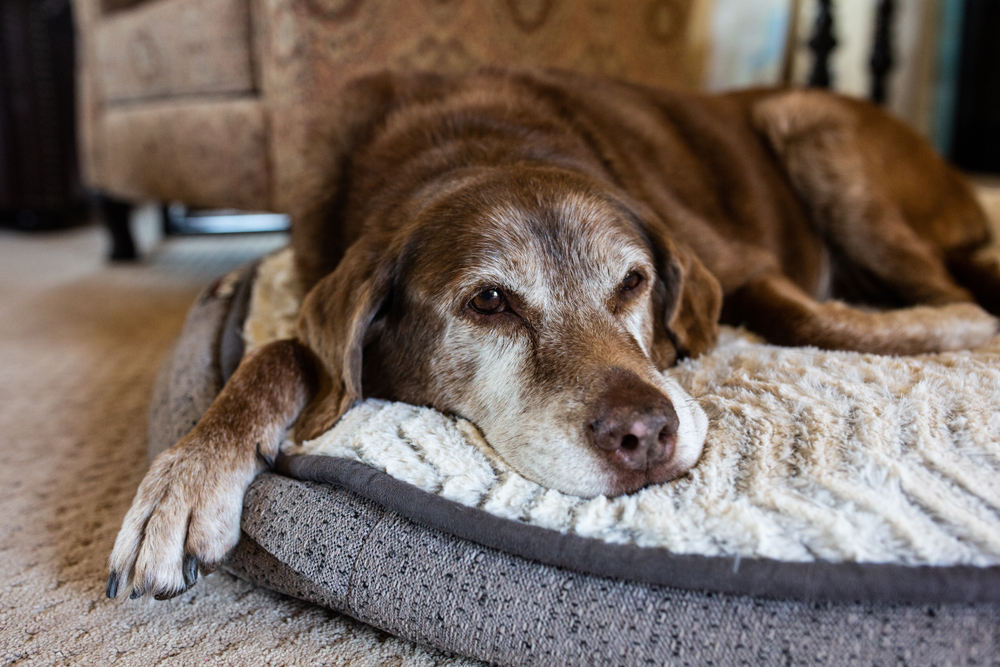
A dog that’s losing interest in activities they once loved might be trying to tell you something. Whether it’s ignoring their favorite toy or skipping playtime, these changes can be poignant. A lack of enthusiasm for things they used to enjoy could mean they’re experiencing discomfort or pain. It’s easy to overlook, especially if you’re attributing it to age. However, it’s worth investigating to ensure they’re not suffering in silence.
As dogs age, a gradual slowdown is normal, but a sudden disinterest is noteworthy. They might turn away from games, have less desire to explore, or decline social interactions. This could reflect a physical issue, like joint pain, or an emotional one, like depression. Adjusting their activities to be more gentle can provide them with some comfort. Don’t hesitate to reach out to your vet to explore what might be dampening their spirit.
7. Digestive Issues
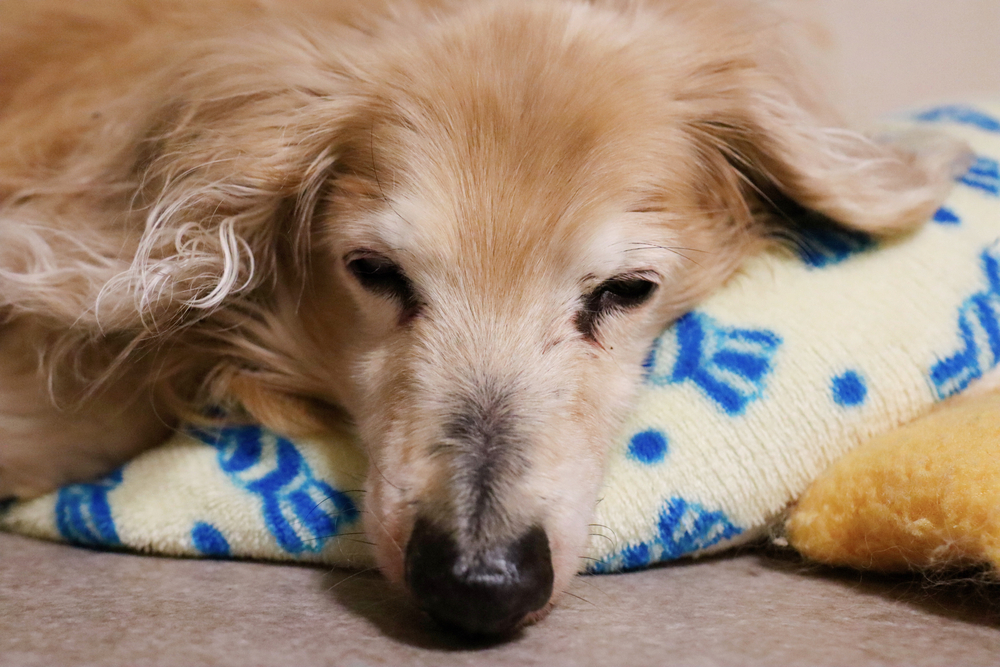
Chronic vomiting or diarrhea can be more than just a nuisance. If your dog is consistently having digestive issues, it may be a sign of an underlying health problem. According to PetMD, persistent gastrointestinal troubles can indicate severe conditions such as liver disease or cancer. While occasional tummy upsets are typical, persistent issues should not be ignored. Consult your vet for a deeper look if you notice these symptoms persisting over a few days.
Digestive problems might cause your dog discomfort, affecting their mood and energy levels. You might notice them being less active, as they feel less lively due to the discomfort. It’s essential to maintain their hydration and consider dietary changes that are gentler on their stomach. A vet can provide guidelines on transitioning to a diet that helps alleviate these issues. Addressing digestive troubles is crucial to improving their overall comfort and quality of life.
8. Unexplained Weight Loss
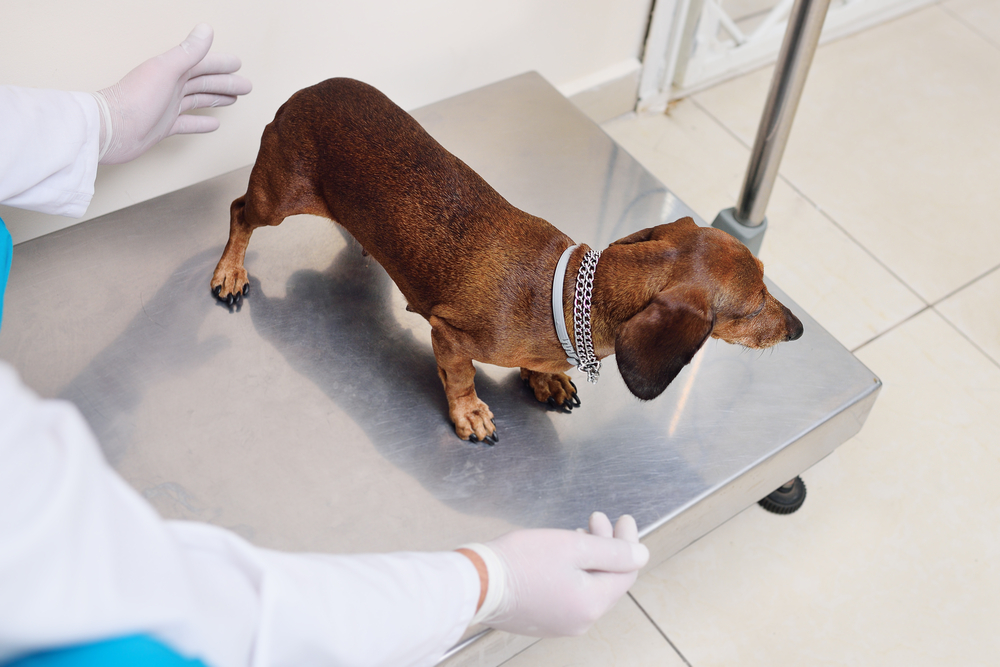
Unexpected weight loss in dogs can be alarming. If your pup is shedding pounds without a change in diet or activity, it’s a potential red flag. This could point to numerous issues, from metabolic disorders to more severe illnesses like cancer. An unexplained drop in weight often suggests that the body is struggling to absorb nutrients. Keep track of their weight over time to identify any drastic changes.
A healthy dog should maintain a stable weight, so fluctuations can be a cause for concern. Rapid weight loss can result in muscle wasting and weakness, adding stress to their already fragile state. Consulting your vet can help pinpoint the cause and create an appropriate treatment plan. Early intervention is crucial for addressing underlying issues. Remember, a balanced diet is vital to keeping your dog’s weight in check during their golden years.
9. Changes in Sleeping Patterns
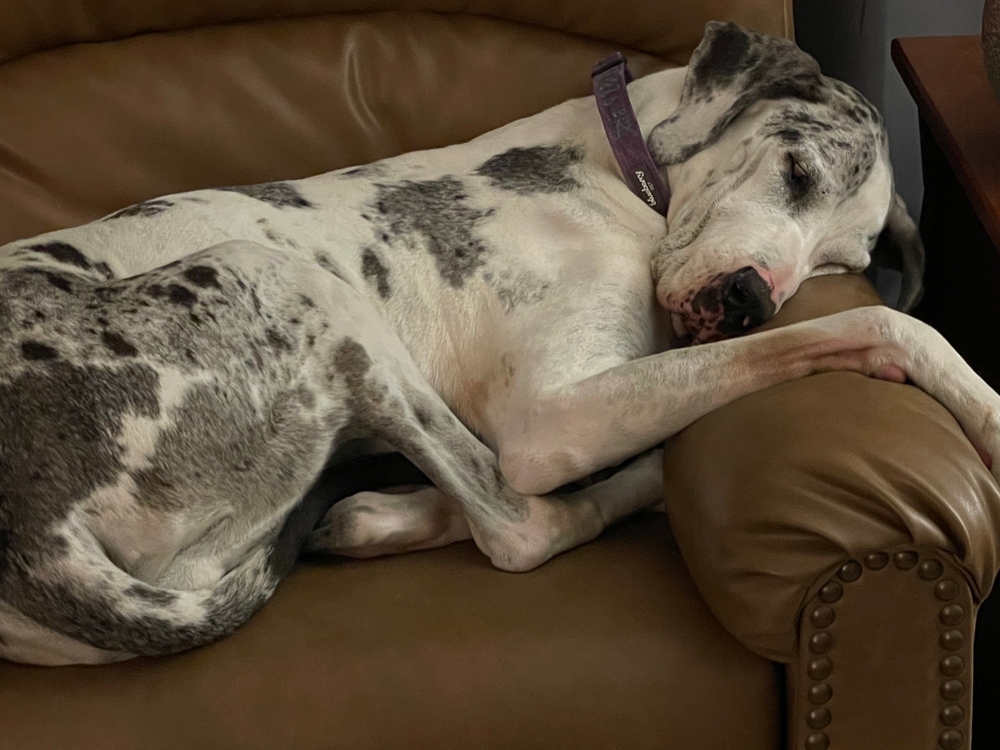
If your dog is suddenly sleeping more than usual, it might not just be the comfy new dog bed. Changes in sleep patterns can indicate discomfort or the progression of an illness. While older dogs naturally nap more, excessive sleep might be a signal. Conversely, restlessness during the night can also be a concern. Observing their sleep habits can provide insights into their general health.
Disrupted sleep might mean your dog is experiencing nocturnal discomfort. They might be in pain or feeling anxious, leading to restless nights. Create a calming bedtime routine to help ease their distress and ensure they have a comfortable sleeping environment. If you notice persistent changes, consult with a vet to explore potential remedies. Quality sleep is essential for your dog’s health and well-being.
10. Difficulty Getting Up or Moving

If your dog is struggling to rise or move around, it might be more than just age catching up with them. Joint pain or arthritis could be making mobility difficult and painful. Keep an eye out for signs like limping, hesitation to climb stairs, or a slower pace during walks. It’s important to differentiate between normal aging and signs that might indicate a more significant problem. Your vet can offer advice on pain management and mobility aids.
Difficulty in movement can severely affect your dog’s quality of life. They might become less interactive or withdraw from activities they once loved. Providing a supportive bed or modifying their living area can ease their struggle. Glucosamine supplements or other medications might be recommended to help with joint pain. Regular check-ins with your vet can help manage their pain and improve mobility.
11. Sudden Aggression or Irritability

A normally gentle dog that turns grumpy or aggressive might be signaling distress. Sudden changes in temperament can be unsettling and often indicate underlying discomfort. Pain, cognitive decline, or even sensory loss can contribute to these behavioral shifts. It’s crucial to approach them with care and understanding during such times. Keeping a journal of incidents can help identify patterns and triggers.
Behavior changes often reflect a dog’s attempt to communicate unmet needs or feelings. They might be lashing out because they’re scared, confused, or in pain. A veterinary consultation can help determine if there’s an underlying medical reason for the change. Behaviorists can also provide strategies to manage and adapt to these new challenges. Understanding and patience are key to helping them through this tough period.
12. Changes in Grooming Habits

If your dog has always been meticulous about staying clean but suddenly seems disinterested in grooming, take note. Changes in grooming habits can be a sign of discomfort or declining health. Perhaps they’re finding it painful to move in the ways necessary for self-care. It’s important to ensure their coat stays clean and free of mats to avoid skin issues. Helping with regular brushing can provide comfort and maintain their hygiene.
A lack of grooming might also indicate cognitive decline, making them forgetful or unaware of their usual habits. You might notice a duller coat or an increase in shedding. Regular grooming sessions can also be an opportunity for bonding and relaxation. Consider enlisting professional grooming services if you’re unable to maintain their coat at home. Keeping them looking and feeling their best is an essential part of their care.
13. Changes in Vocalization
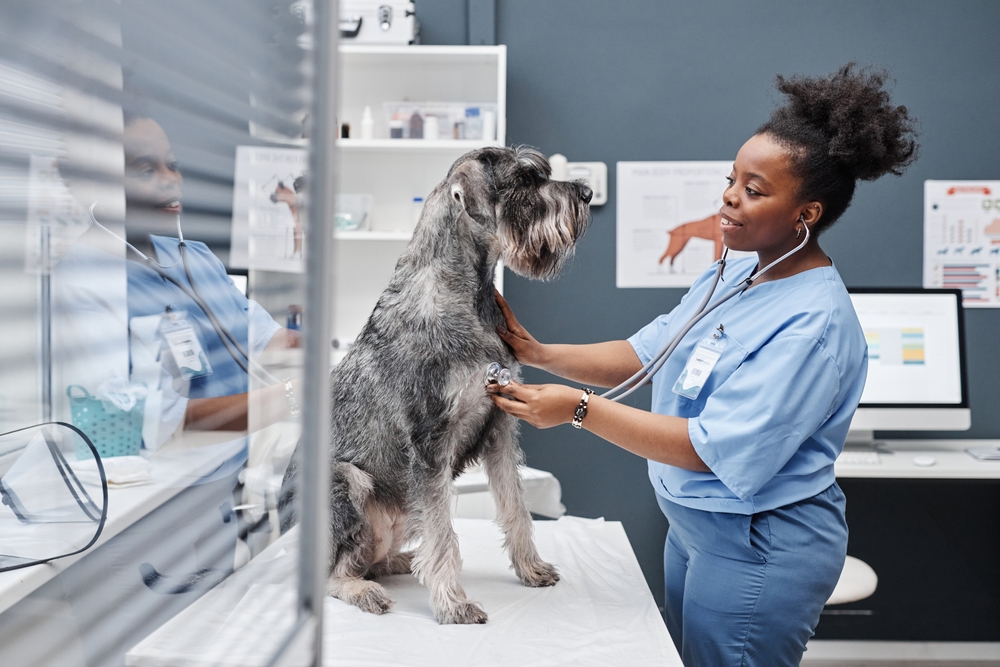
An increase or decrease in howling, barking, or whining might be more than just a phase. Changes in vocalization can hint at pain, anxiety, or confusion. It’s important to note when and where these changes occur, as they can provide clues. A dog that suddenly becomes more vocal might be trying to communicate discomfort. Conversely, a typically vocal dog that falls silent might be withdrawing due to health issues.
Vocal changes can happen for various reasons, including hearing loss or cognitive decline. They might become more reactive to stimuli or express frustration over new limitations. Modifying their environment to reduce stress and provide comfort can help manage these vocalizations. Training and reassurance can also be effective in easing their distress. Consulting with your vet can ensure there isn’t a medical issue at the root of these changes.
14. Frequent Accidents
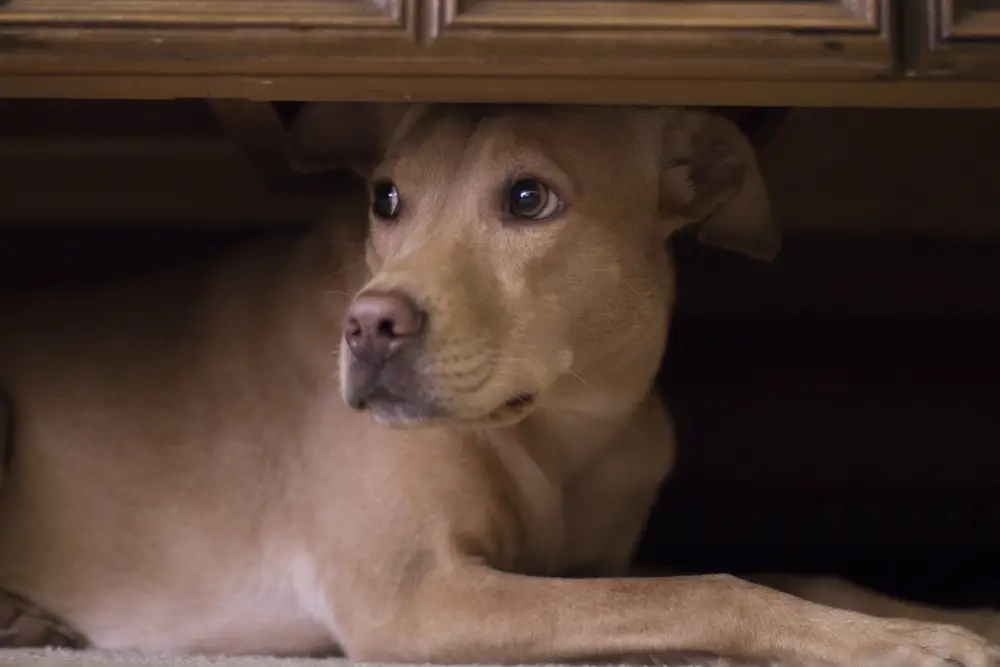
If house-training mishaps become frequent, it might not just be a need for more potty breaks. Frequent accidents can be a symptom of urinary tract infections, kidney issues, or even cognitive decline. A dog that suddenly struggles with incontinence might be losing control due to underlying health problems. It’s vital to approach this issue with understanding and to consult your vet. Punishment isn’t the answer; instead, focus on support and solutions.
Incontinence can be embarrassing for your dog, leading to anxiety or depression. Maintaining a routine and providing frequent opportunities for bathroom breaks can help reduce accidents. Absorbent pads or doggy diapers might be necessary for managing this change. A vet can determine if medication or dietary changes could alleviate the issue. Helping your dog maintain dignity during this time is essential to their emotional well-being.
15. Dull or Cloudy Eyes
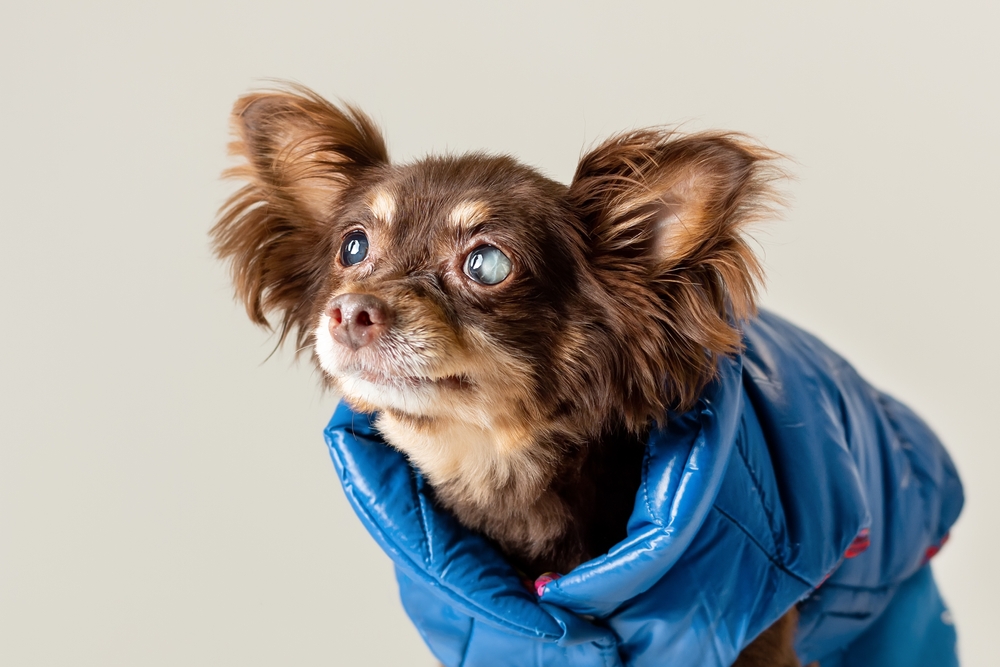
A change in your dog’s eyes can be one of the most noticeable yet overlooked signs. Dull or cloudy eyes can indicate vision loss, cataracts, or other ocular issues. These changes might lead to hesitancy or clumsiness as they navigate their surroundings. Regular eye checks can help you spot developing problems early. Consult your vet if you notice changes, as some conditions can be managed or treated.
Vision problems can affect your dog’s confidence and interactions. They might bump into furniture or become anxious in unfamiliar environments. Adjusting their space to be more accessible and safe can alleviate stress. Providing guidance through verbal cues can also help them feel more secure. Prioritizing eye health is crucial to ensuring your dog’s comfort and quality of life as they age.
